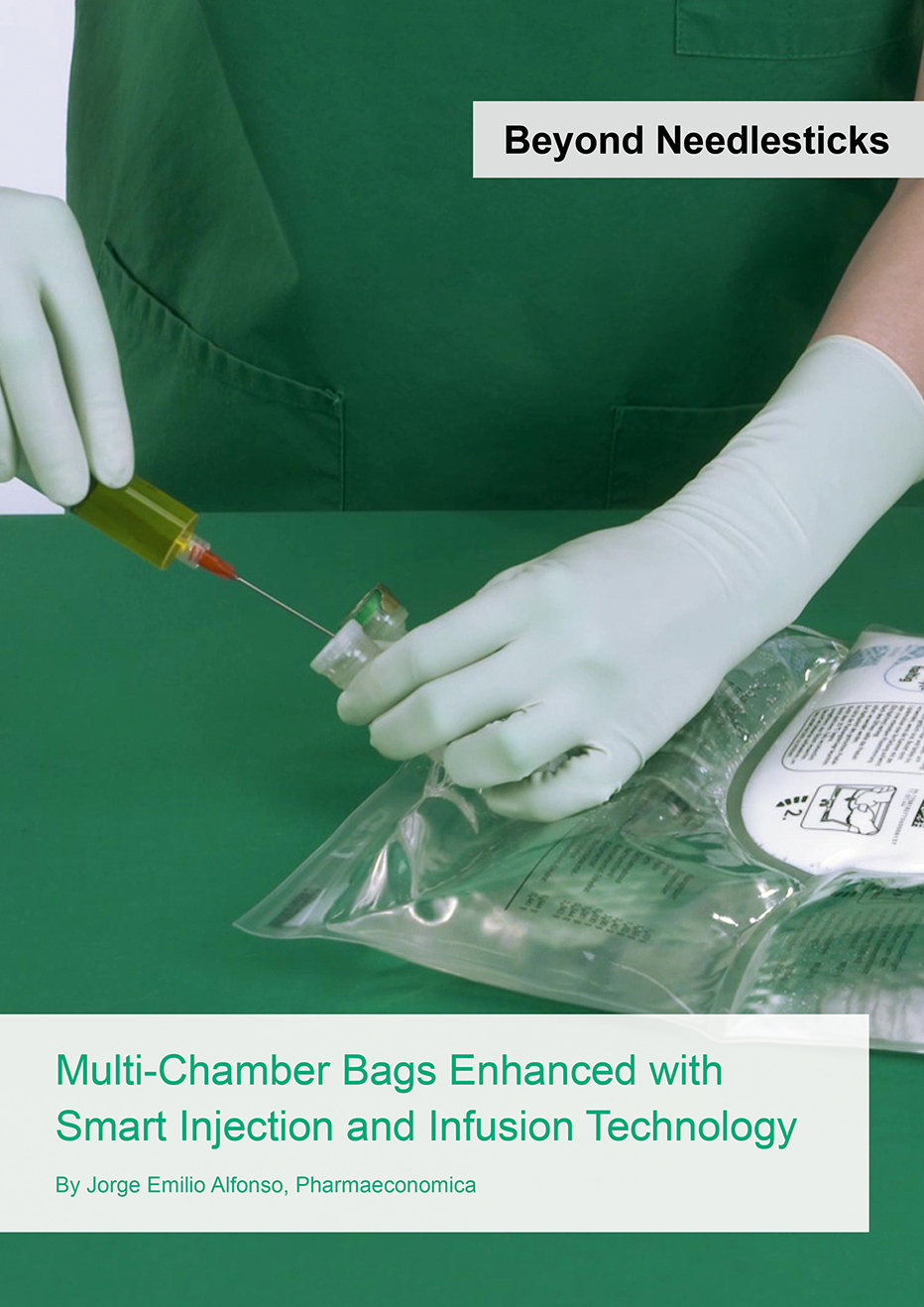Beyond Needlesticks: Multi-Chamber Bags Enhanced with Smart Injection and Infusion Technology
Parenteral nutrition (PN) is a lifesaving intervention utilized across diverse patient populations, spanning all age groups and care environments, ranging from intensive care units to home-based settings. Due to its high complexity, PN is also a high-alert medication with a potential risk of contamination, medication errors, and needlestick injuries (NSIs). Commercial multi-chamber bags (MCBs) are a pivotal advancement in improving the safety of healthcare workers (HCWs) involved in PN delivery, presenting a more efficient approach to PN. Ergonomic principles of MCB design play an important role by mitigating the potential risk of errors and NSIs, thereby improving patient and HCW safety and efficacy.
Video Title Lorem ipsum dolor sit amet.
AI & Global Labeling: How Next-Gen Tools Are Streamlining Structured Component Authoring Effectively and Compliantly
Outside of the physical drug product itself, global labeling plays the most fundamental role in helping pharmaceutical companies deliver safe and effective therapies to the population. But the process behind global labeling—the authoring, editing, collaborating, translating, and publishing of drug labels—is both incredibly complex and time-consuming. This guide explores how AI-powered tools are helping teams simplify and accelerate their in-house authoring workflows, without sacrificing compliance. It also explains how, by using such tools, companies can transform not just the way they work but also the entire “last mile” of the drug development lifecycle.
AI & Global Labeling: How Next-Gen Tools Are Streamlining Structured Component Authoring Effectively and Compliantly
Outside of the physical drug product itself, global labeling plays the most fundamental role in helping pharmaceutical companies deliver safe and effective therapies to the population. But the process behind global labeling—the authoring, editing, collaborating, translating, and publishing of drug labels—is both incredibly complex and time-consuming. This guide explores how AI-powered tools are helping teams simplify and accelerate their in-house authoring workflows, without sacrificing compliance. It also explains how, by using such tools, companies can transform not just the way they work but also the entire “last mile” of the drug development lifecycle.

